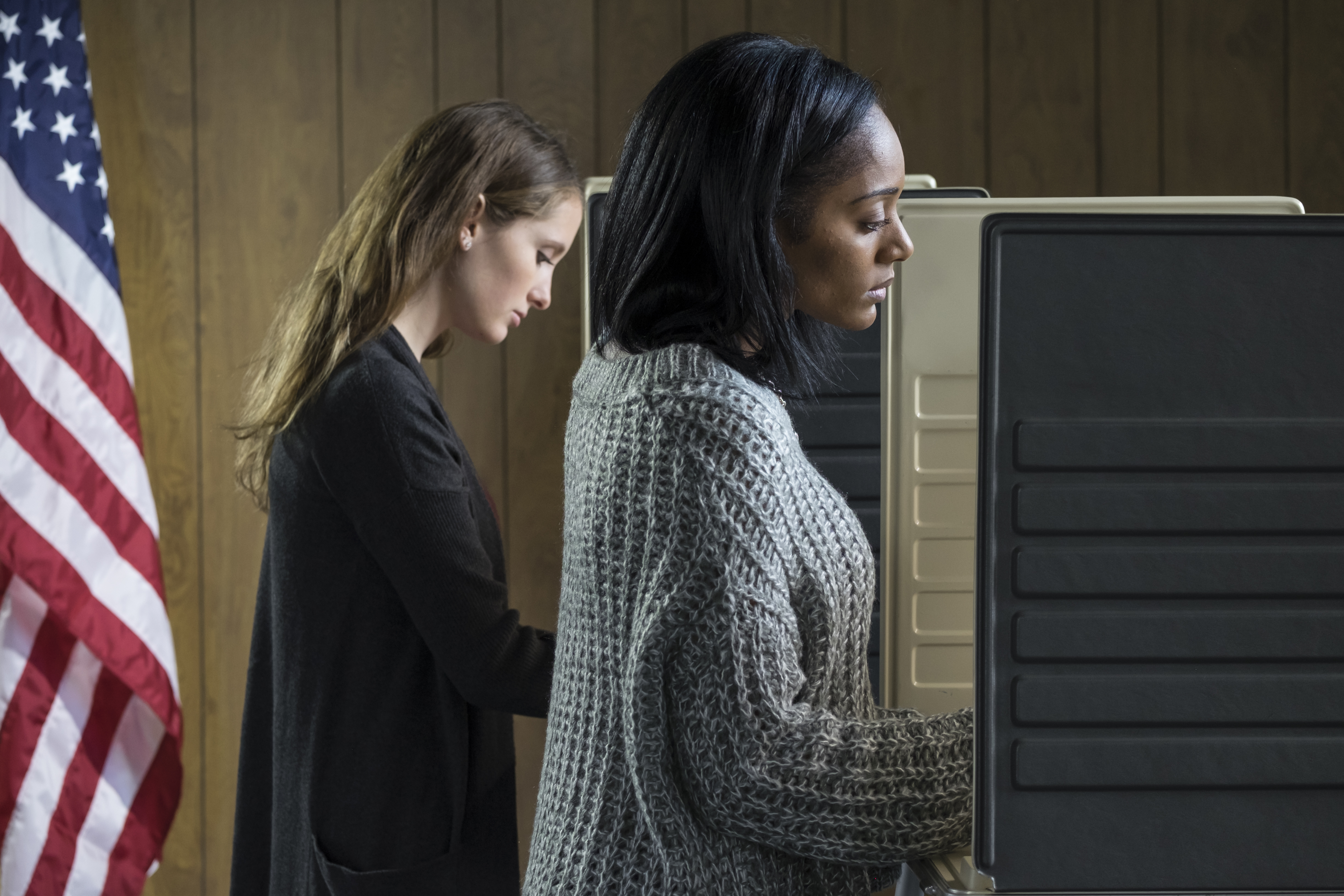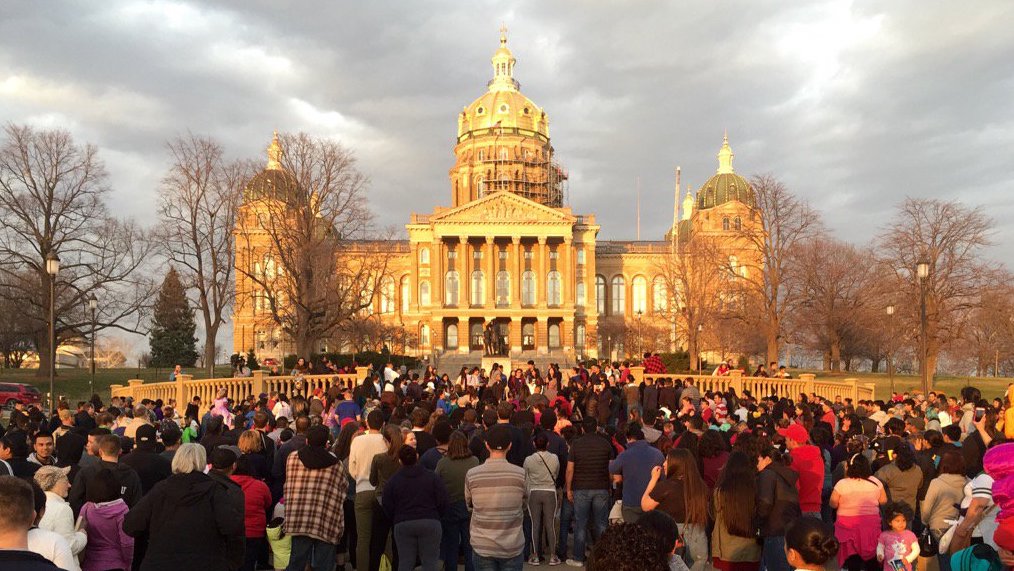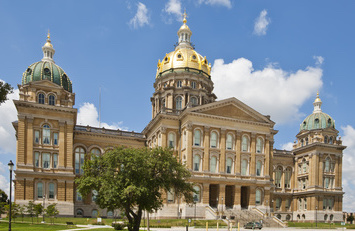Fifth in a series interpreting the results of Iowa’s 2018 state and federal elections.
Republicans ended straight-ticket voting in Iowa last year as part of a law imposing several new barriers for voters. For months, I’ve been trying to work out how eliminating that option would affect this year’s outcome.
More than 400,000 Iowans filled in the Democratic or Republican oval on their 2014 general election ballot, which worked out to roughly 37 percent of those who participated. I expected a much larger “undervote” for lower-profile statewide offices or legislative races this year, as many who would have voted straight ticket marked their ballots for governor and Congress alone.
That didn’t happen.






